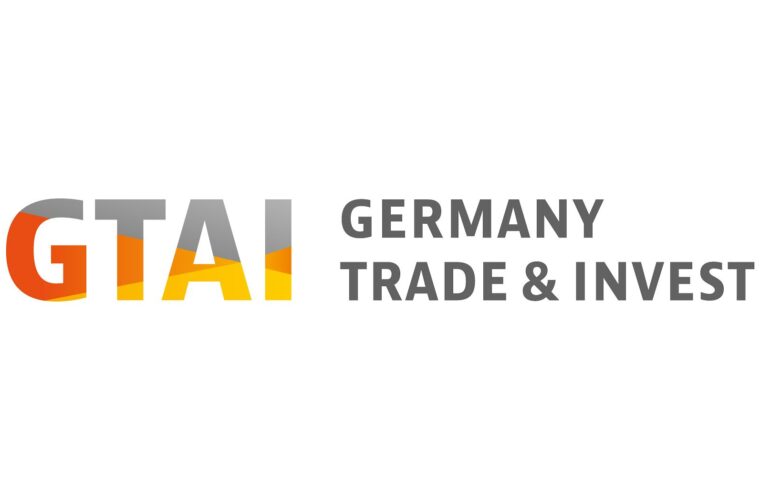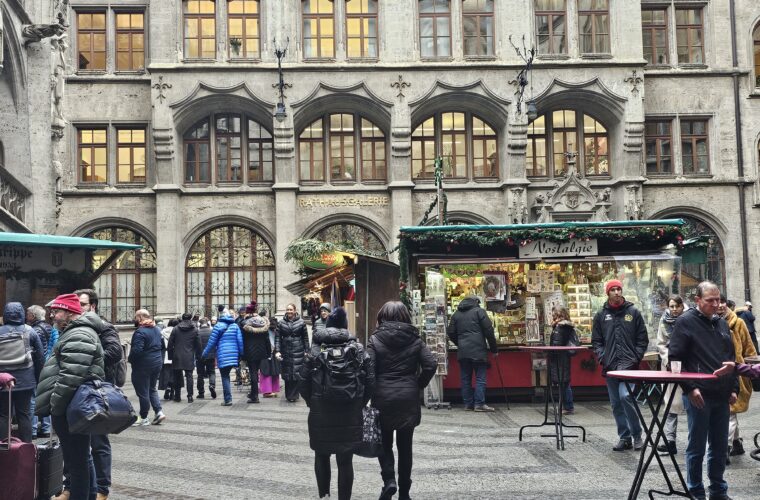Vodafone Germany has joined forces with data collection company FlyNex to launch a platform to facilitate commercial drone flights. Dubbed DroNet Hub, the ‘simple all-in-one platform’ covers various stages before a drone takes off, including flight planning and organization, and enables automated data collection and reporting. The system is powered by artificial intelligence, which, according to the telecommunications company, allows aerial photographs to be analyzed quickly so that automated reports can be generated and used to create 3D models or digital twins of the monitored area. Vodafone noted that its new tariff, “DroNet Connect Stream”, provides a high-speed data volume of 500GB, with an option to expand it to 1TB, which ‘ensures consistent real-time data transmission from the drone’ to the hub.
In addition, mobile network data is also integrated to help understand connectivity and population density along a flight path. According to Vodafone Germany, its new solution will bring numerous improvements, including how companies monitor their infrastructure. The telecommunications company intends to improve the efficiency of industrial plants, electricity pylons and wind farms, which will not require risky inspections as drones can help monitor structural damage.

Automatic data
There are many considerations to be made before a drone flight. They range from the approval of the flight and its trajectory to the quality of local network coverage to ensure control. After the flight, recorded images or data must be thoroughly and quickly evaluated. DroNet Hub covers all these areas in a simple all-in-one platform, from flight planning and organization to automatic data collection and reporting. The new “DroNet Connect Stream” tariff, with a high-speed data volume of 500 GB (gigabytes), optionally expandable up to 1 TB (terabytes), ensures constant live data transmission from the drone directly to the Hub. Mobile network data is also integrated to help understand connectivity and population density along the flight path. By combining artificial intelligence into the system, captured aerial photographs can be analyzed more quickly to generate automatic reports. These reports can create 3D models or digital twins of the monitored area.
Early detection of infrastructure damage
The simplified flight management of commercial drones promises to improve companies’ infrastructure monitoring. For example, industrial plants, electricity pylons and wind farms often require complex, expensive, risky inspections and maintenance. However, without inspecting these buildings, undetected damage could put the health and safety of the public at risk. Drones can become the solution for monitoring infrastructure for structural damage. They do not require on-site presence and can quickly capture important elements for digital twins. DroNet Hub can fulfil this promise by opening up access to drones to more companies in Germany.
Drones can become the solution for monitoring infrastructure for structural damage. They do not require on-site presence and can quickly capture important elements for digital twins. DroNet Hub can fulfil this promise by opening access to drones to more companies in Germany.



